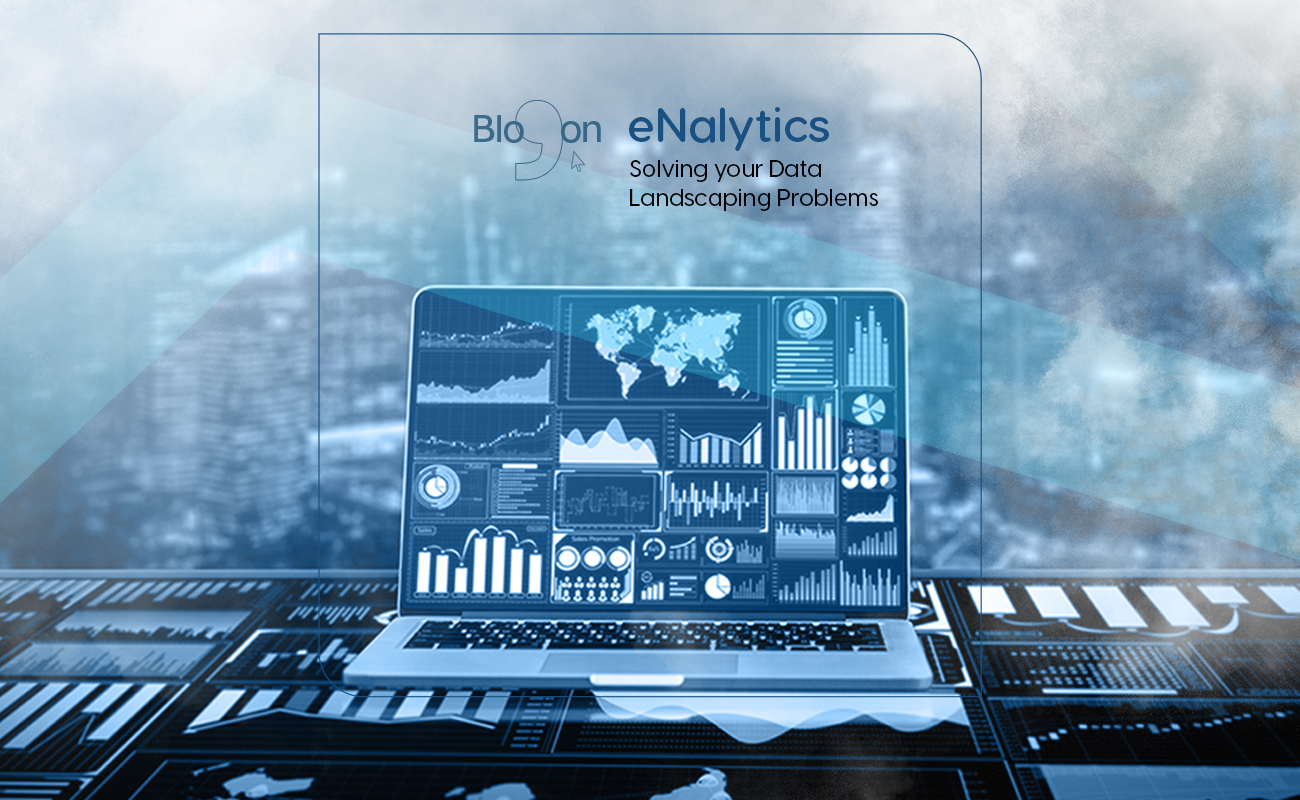What is Data Landscape?
“Landscape” in its traditional sense by proper definition refers to the visible features of an area of land, various land-forms and how they integrate with natural or man-made features. The art of modifying the visible features of any area of land is known as landscaping.
Centuries ago, one must not have seen this coming but this has become a reality. The landscape has earned a different meaning in a different context. The landscape in which we would interact within the real space can now be seen in the digital world too. The term “Data Landscape” has gained a lot of momentum in the digital era and accept it or not, it is our new and “here to stay” reality.
As more and more businesses turn online for their operations and marketing, it has become inevitable to gain a proper understanding of technology. The “New Normal” has pushed great number of businesses to deal online. From shopping to banking, public or private, socializing or entertainment, every sector has got a golden opportunity to try their luck online. This also means that many lives now depend on digital services. These services which once were seen as recreational and promoted for leisure purposes have now indirectly become a means of livelihood. Once seen as luxury has now become a necessity.
Like it or not, but this hustle and bustle of digital world does bring many numbers ad data that we may not like. Your organization or business may be big or small, there’s always a certain scale of data that needs to be stored.
Data Landscape is an organization’s overall data storage options, processing capabilities, analytics, and applications present in the data environment. For small businesses, the data landscape is sorted, clear and straightforward. But as the organization grows in size, the data often grows in direct proportion.
This is definitely a booming era for digital industry but data storage apparently has become the greatest challenge as more and more businesses go digital.
And when data grows in number, it is essential to manage it effective. Data Landscape Management Solution enables better data operations. Their primary task is to overcome the major challenges of data governance, data operations, and data workflow.
Tools like ETL and ELT are available to model data and make data landscape management easier.
The importance of ETL
ETL stands for Extract, Transform, and Load. It is the oldest data building tool since 1970s. It functions in the following way –
Extract – It involves extracting data from one or many central sources.
Transform- For the ease of reading, this collected data in a giant model is transformed into the same format.
Load – This transformed data then loads into a single database. It can either be a data warehouse or a data lake. The only thing that matters is having some place where it can be gathered.
The importance of ELT
ELT is only a flipped formula ordering the steps as Extract, Load and Transform. After coming out of a central source, the data loads into a single database then converting into a data model. The memory demand is more on a database, but the process is less chaotic and more streamlined.
Traditional ETL Processes
The traditional ETL process is a system that moves data in scheduled batches from point to point. This process is time-tested and hence reliable. This method is seen to be secure and advantageous. Ideal for a small amount of data, this method might not suit if you are trying to send a mass storm of different forms of data.
Modern ETL Processes
The Modern ETL Process changes the local storage to the cloud. The process is monitored in real-time, making changes when necessary. This Modern-Day version of ETL adopts some facets of ELT and mixes in it. The data is transferred right to the database, then you can choose to make the changes tailoring the data in your desired format. The Modern version of ETL is designed to handle a wide variety of data, hence making it a bonus for the constantly evolving technology.
What will SPOCHUB’s eNalytics do for you?
The product eNalytics is a Meta-Driven ETL for Data Engineering and Governance. It solves the basic issue of Data Landscaping, hence making it easier and hassle-free. It functions with a host of Data Processors (Reader/Writer/Parser) with “Parallel” processing in Asynchronous mode. It helps in eliminating the Ingestion, Mapping and Transformation challenges taking care of Performance, which is, Cost and Time Matrix.
To embark on your ETL journey with Low Server Cost and Reduced Human Intervention, click here.




